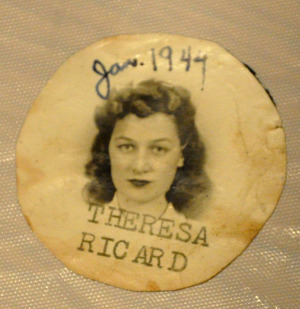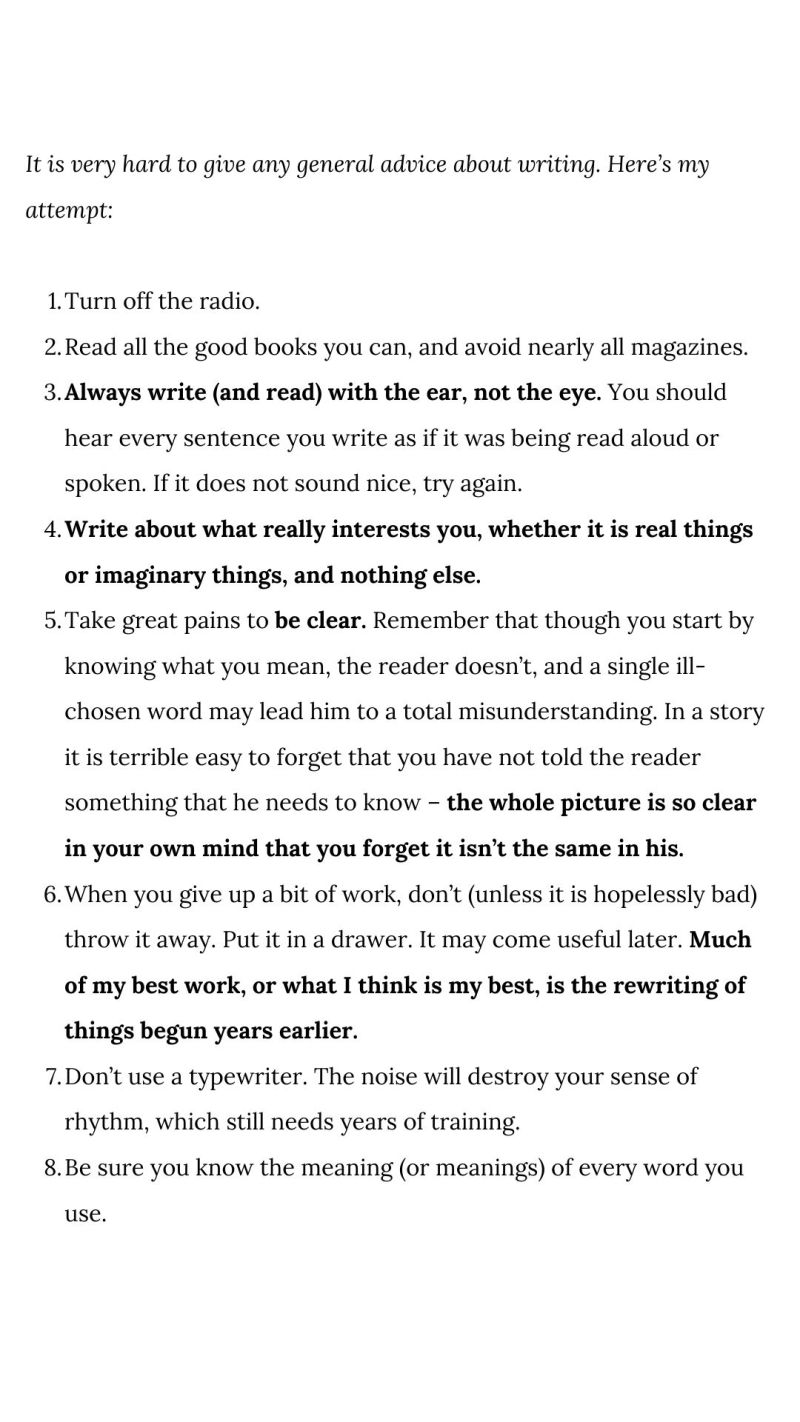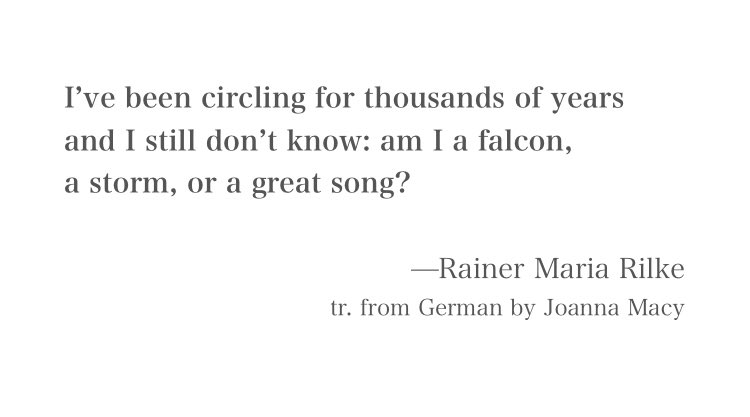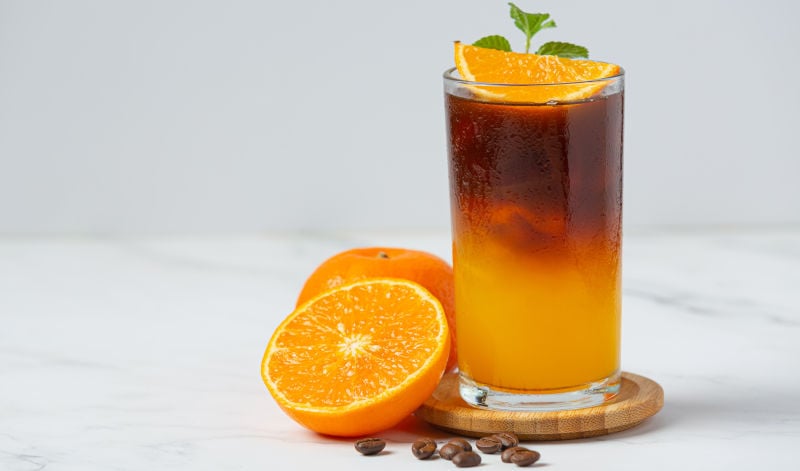After
transforming our notions about food and health with 2006’s “The
Omnivore’s Dilemma,” writer and UC Berkeley journalism professor
Michael Pollan followed up with a 2009 manifesto, “In Defense of Food,”
which he then distilled to a collection of simple guidelines in “Food
Rules: An Eater’s Manual” later that year. This month he releases an
updated edition of “Food Rules” (The Penguin Press) with wry
illustrations by Maira Kalman. “The idea is to reach a lot of people who
don’t read books,” he said.
Shortly after the first “Food Rules” debuted, Mr. Pollan, 56, began
soliciting new dictums from readers and audiences at his speaking
engagements. Keeping the best suggestions (“Place a bouquet of flowers
on the table and everything will taste twice as good”) and discarding
the less useful (“The French fries you pick off someone else’s plate
carry no calories”), the new edition includes 19 new rules, bringing
the total to 83. “If people just get three rules out of this book, I’m
content with that,” said the author, who sat down with us in the
backyard of his Berkeley, Calif., bungalow, to talk “forgiving”
tomatoes, finicky worms and the cost of Maldon sea salt.
My wife and I usually eat lunch in the garden.
Judith has a studio in the basement where she paints, and I write
upstairs. It’s a great luxury to be able to work from home and have
lunch together every day. Although many days we have nothing to say to
one another, because we’re too absorbed in our work, and we just grunt
at each other. So it’s not always as romantic as it sounds.
I’m making sauerkraut. I bought a Harsch sauerkraut
crock with a water-lock seal. I’ve experimented with a lot of
fermented things—kimchi, home-brewed beer. We brewed our own English
pale ale using a kit from Oak Barrel Winecraft in Berkeley. It wasn’t
bad.
We have zinc countertops, which are beautiful but
higher maintenance than I would have liked. The island is made of elm
from a street tree that fell in Oakland. There’s a man out here named
Evan Shively, a wood recycler, who has barns full of big slabs. Our elm
slab has a gorgeous grain and a food-grade finish so we can make bread
on it, but you wouldn’t want to scratch it. Though I just scratched it
last week.
For pots and pans, we use a hodge-podge: our
12-inch cast-iron skillet that gets used every day, our big All-Clad
fry pan and a wok with a conventional handle and a flat bottom. You can
do a lot of things with it besides stir-frying. You can stack a giant
mass of greens, like six cubic feet of green matter, and let them
gradually sink down.
Tongs are a great invention. That’s the thing in my hand most of the time when I’m cooking.
Our garden has three cook surfaces: the gas grill,
the charcoal Big Green Egg and the fire pit. My brother-in-law is in
the barbecue supply business and built a big grill that sits across the
top of the pit. We can enclose it with a metal frame that we wrap with
foil and cover with a painter’s tarp. That makes a great oven. We’ve
roasted whole pigs in it and done paella on it.
We grow a lot of kale and collards, which don’t
need tons of light. You can’t really ripen a big tomato here, or at
least I can’t. It’s not hot enough. We do grow cherry tomatoes. I’m
convinced Sun Gold cherry tomatoes are the most forgiving tomato ever
hybridized.
We have a compost pile and a worm bin. I take the
choice bits from the compost that the worms will like and I give them
that. Which is kind of a pain, because they don’t like onions, they
don’t like lemon peels, they don’t like acid. They like eggplant, peels
of various things like squash and melons, eggshells, lettuce and other
greens.
We cook very simply and grill a lot. If we’re
having guests, we’ll grill fish, or in the winter we like to do
braises—duck, chicken. I also love slow-cooked pork.
I couldn’t do without olive oil and salt. There’s a
domestic olive oil called Katz I like a lot. It’s a little pricey, so
we also use a Costco olive oil, at least I think it’s olive oil. It’s
fine for hot applications. For salt, if I’m splurging, I like Maldon
sea salt, but only on salads or at the table. Seven dollars for salt is
kind of obscene though it actually lasts a long time. Otherwise, we
use Diamond kosher salt.
An ingredient I really like is porcini powder. It’s delicious in soups, especially vegetarian ones—it’s like adding meat stock.
When I’m snacking, I’ll have nuts. They’re fattening, but they’re filling, too, so you don’t need that many of them.
I have a weakness for potato chips, but there are
never any in the house. I like the ones they give you on JetBlue. My
sister has a rule that when you’re traveling, there are no rules.
I won’t eat meat in an airport. They really need some better options.
I drink more tea than coffee. I sip tea while I’m working. Usually Japanese green tea or pu-erh.
Every morning, Judith and I walk down the hill and
have a cup of coffee. We usually go to the Cheese Board—one of the few
’70s co-ops that survived—and walk by the pastries. I said to her, “We
go to the Cheese Board every day, and we never get a pastry, what’s
wrong with us?” But I don’t have a big sweet tooth. I’m satisfied with
one bite of a sweet. That’s not self-discipline; the second bite won’t
taste quite as good.
We’ve done an annual pig roast for the last few
years, usually in November. A good friend of mine, the writer Jack
Hitt, is from South Carolina and his passion is cooking whole animals.
Every year at Yale there’s a Jack Hitt Memorial Pig Roast—though he’s
nowhere near dead—that he supervises. And he comes out to teach at my
program. I got to know Mark Pasternak of Devil’s Gulch Ranch, who has
really nice pigs. The pig can’t be any longer than 47 inches from snout
to butt to fit in our fire pit. It actually ends up being a reasonable
way to feed a lot of people. For $200 you can feed 75. We do the
sides, beans, two kinds of rice (red and yellow), corn bread, rolls and
homemade barbecue sauce.
The best food gift I’ve ever received was a bottle
of really old balsamic vinegar. I’ve had it for five years and only use
a drop at a time, because I saw in a store that it was like $90 for
three ounces. One drop of that on a piece of salmon, and you have an
amazing dish.
A great gift my wife gave me is a hand-crank Italian pasta maker. Usually those things end up on a shelf, but we actually use it. I mostly make fettuccine.
I’ve been experimenting with whole-wheat pasta and
breads. Store-bought whole-grain pasta is seldom very good, although
it’s getting better. There’s a really good local flour, Community
Grains, that I use. Conventional milling technology splits off the bran
and germ right at the beginning. If they are selling the whole grain,
they just add those parts back in later, which apparently is not as
good as keeping them in the whole time. That’s the Community Grains
premise. Whole grain is one of the important things missing from the
Western diet.
I could live on bread for the rest of my life.
For cookbooks, I like Tartine Bread, David Tanis’s
books, the Chez Panisse books, Suzanne Goin’s and I use Mark Bittman’s
book a lot. If I don’t know how to make something, or want to remember
the proportions in a roux, I’ll look at Bittman’s iPad app. I’m ruining
my iPad. They need a cook-proof iPad with some sort of kitchen condom.
—Edited from an interview by Emily Kaiser Thelin



















